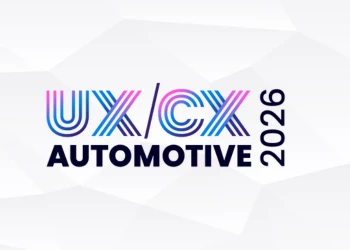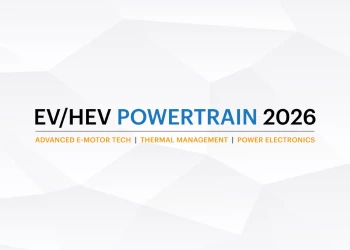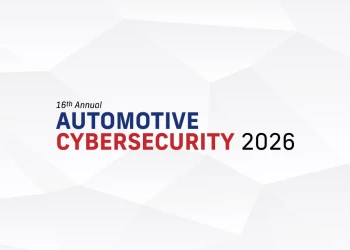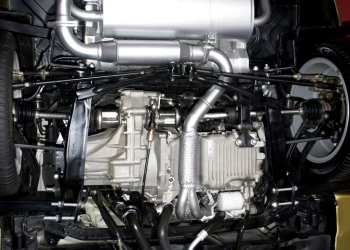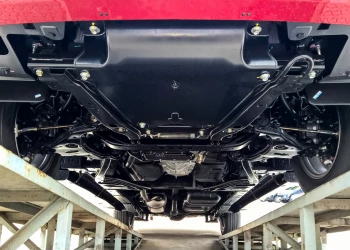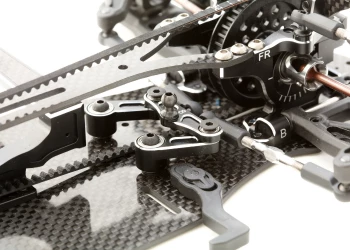How to Meet Euro 7 Regulations
Complying with Euro 7 Regulations Through Technologies, Transformation and Planning
Add bookmark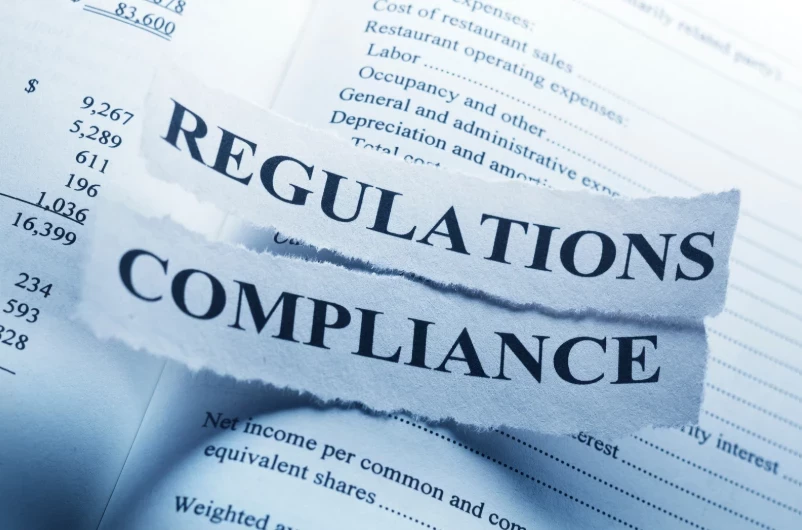
As the successor to Euro 6, Euro 7 introduces more rigorous standards aimed at significantly reducing vehicle emissions, including both exhaust and non-exhaust pollutants. These measures mark a pivotal step toward greater environmental sustainability. This article outlines a strategic roadmap to help manufacturers adapt to these demanding requirements and future-proof their operations.
What are Euro 7 Regulations?
Euro 7 is the latest set of vehicle emissions standards created by the European Union and is designed to reduce pollution from all types of vehicles - petrol, diesel, hybrid, and electric. Unlike earlier standards, Euro 7 goes beyond just tailpipe emissions and targets pollution from brakes and tyres, which contribute to microplastics and air pollution.
Euro 7 isn’t just a small update, it’s a major overhaul. OEMs must adopt new technologies and rethink how vehicles are designed and built to meet these tougher rules. It’s a big shift that affects everything from engineering to long-term strategy.
How to Meet Euro 7 Regulations
To meet Euro 7 standards, car makers need to adopt advanced technologies. One key shift is toward SDVs, which offer agile adaptability in emission control systems. Through sophisticated software algorithms and artificial intelligence, SDVs can dynamically optimise engine performance. This helps cut pollution more effectively. Another major step is moving to electric and hybrid vehicles, enabling significant reductions in greenhouse gas emissions by transitioning from traditional internal combustion engines to electric or hybrid powertrains.
Ishmaeel Ghouri, Lead Engineer at JLR, believes that the top three priorities OEMs should be focusing on are:
- Developing greener and low emission friction materials
- Improving the regenerative braking system capability to make it more efficient
- Exploring new innovations to modify the exciting brake system
What is the Role of Digital Transformation in Euro 7 Regulations?
Digital transformation plays an important role in meeting Euro 7 regulations, particularly through the integration of data-driven technologies in modern vehicles. As automotive systems become increasingly connected, the need for robust cyber security frameworks becomes crucial. These measures help safeguard the integrity and security of emissions-related data, protecting against potential breaches and ensuring regulatory compliance. Additionally, advanced data management enables real-time monitoring and reporting of emissions, enhancing transparency, accuracy, and accountability throughout the compliance process.
How Can I Comply with Euro 7 Regulations?
The path to Euro 7 compliance is inextricably tied to digital transformation. Automotive manufacturers must adopt a data-centric approach, leveraging digital tools to optimise processes across the entire value chain, from research and development to aftermarket services. This transformation not only supports regulatory compliance but also enhances customer experience and promotes long-term business growth. By utilising advanced digital platforms, OEMs can drive innovation, reduce time-to-market, and sustain a competitive advantage in the global automotive landscape.
Achieving compliance with Euro 7 emissions regulations requires a comprehensive strategy that integrates technological innovation, robust cyber security, and digital transformation. By embracing these elements, automotive manufacturers can not only meet regulatory demands but also advance sustainability goals and secure their position in the future of mobility.




